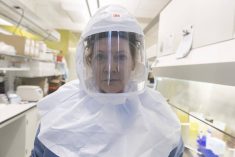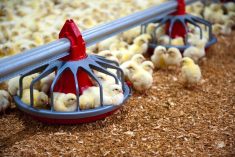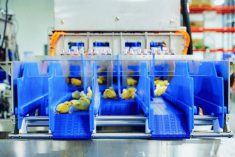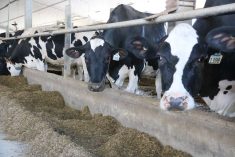The Ontario Ministry of Agriculture, Food and Rural Affairs (OMAFRA) is advising poultry producers in the province to be vigilant with biosecurity after the discovery of highly pathogenic avian influenza (HPAI) on a commercial turkey farm and a backyard flock in Nova Scotia.
Spring migration of wild birds will begin early next month and biosecurity measures should be strictly followed as a precaution.
The Canadian Food Inspection Agency (CFIA) confirmed the presence of an Eurasian strain of HPAI, subtype H5N1 in both Nova Scotia flocks in early February.
Read Also
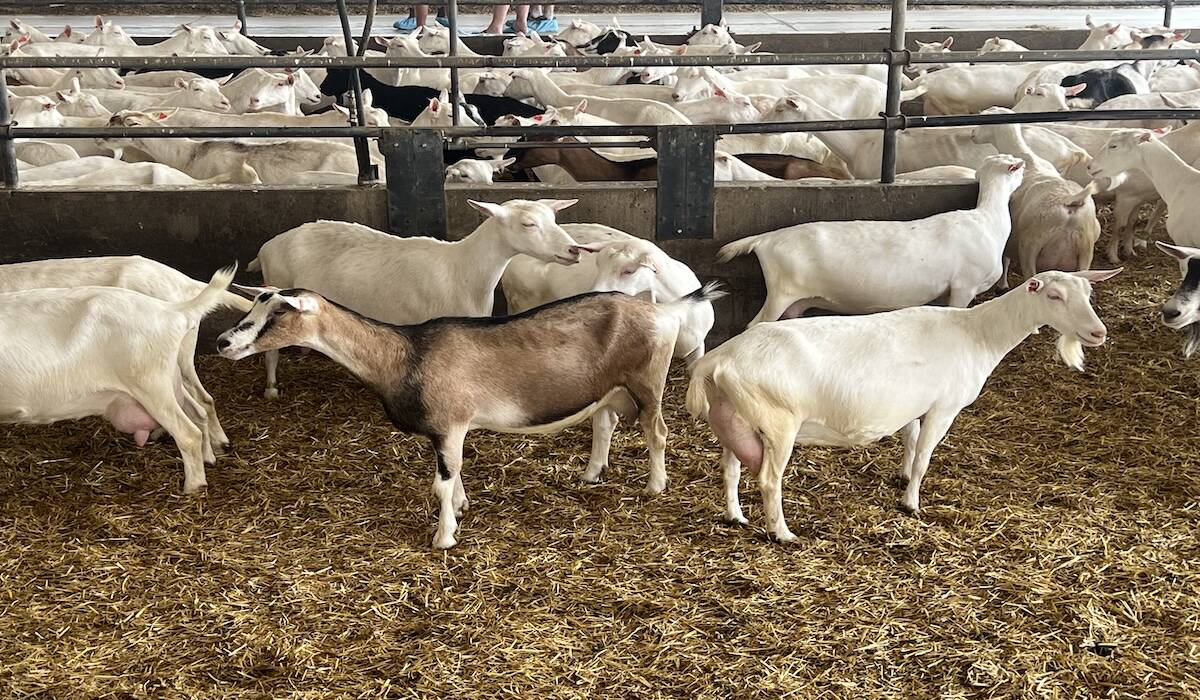
Ontario dairy goat producers move toward forming provincial board
Creation of a Dairy Goat Board under the Ontario Farm Products Marketing Commission may be voted on by early 2026.
HPAI, subtype H5N1 was also confirmed by the CFIA in two small flocks located on the Avalon Peninsula on the island portion of Newfoundland and Labrador in January. This follows several confirmed detections of the same strain of avian influenza in wild birds in Newfoundland and Labrador and more recently in central Nova Scotia.
Both HPAI and low-pathogenic avian influenza (LPAI) can spread quickly through flocks. LPAI viruses can mutate into highly pathogenic strains, and it is important that outbreaks are managed promptly. The incubation period of AI varies between two and 14 days.
Clinical signs of infected birds may include:
- decrease in feed and water consumption, extreme depression, drop in production of eggs, many of which are soft-shelled or shell-less
- high and sudden morbidity and mortality rate
- signs of septicemia: hemorrhages on the hocks; severe edema of eyelids, wattles and comb; haemorrhagic enteritis
The CFIA and OMAFRA encourage individuals to report findings of dead waterfowl and shorebirds to the Canadian Wildlife Health Cooperative. Birds become infected with AI when they have direct contact with diseased or carrier birds. Infected birds may shed the virus in their feces, contaminating the environment. The virus can survive for days in litter, feed, water, soil, dead birds, eggs and feathers. The disease spreads rapidly among birds in close confinement.
AI can be brought into a poultry barn by breaches in biosecurity and is most often transmitted from one infected flock to another by movement of infected birds or contaminated equipment or people. Implementing and adhering to biosecurity best management practices is critical to prevent the introduction and spread of the disease.






